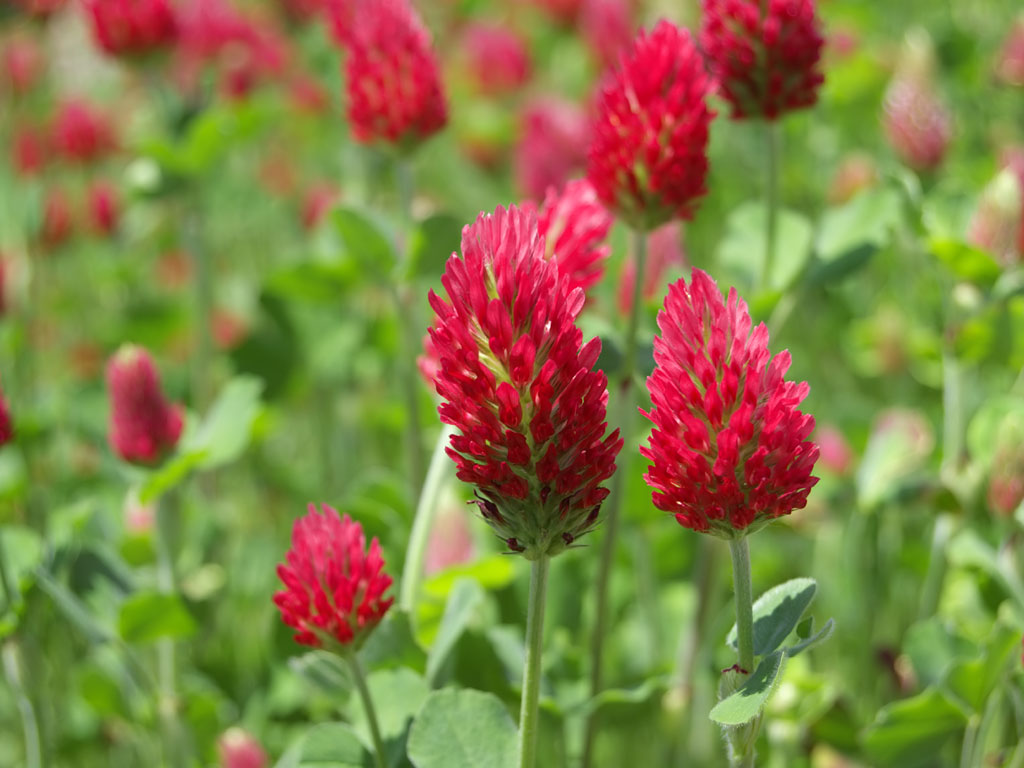Summer N-FIx
- Sweet clover/crimson clover 50/50.
- Sown in 10” rows with earthway seeder radish/leek disc (= about 2g / m2 ).
- Use wheel hoe when clover is 3-4”.
- Flail mow and incorporate at 10 weeks, or cut to allow regrowth
- Can be undersown with Quick Mix when hoed to increase bulk
Sweet Clover
- Fast growing N-Fixer
- Relatively quick to germinate
- Extensive root system
- Rapidly nodulates when inoculant is used – advised!
- Tall growing, competative
Crimson Clover
- Fast growing N-Fixer
- Relatively quick to germinate
- Good amount of foliage
- Good short term N-fix potential
- Easy to destroy
- Will regrow from cut.
After 10 weeks cut down and use as the manure.
Thanks to karibasappa mg and nishar sahid for joining the ABCD farming
Looking for support and queries!!!!















